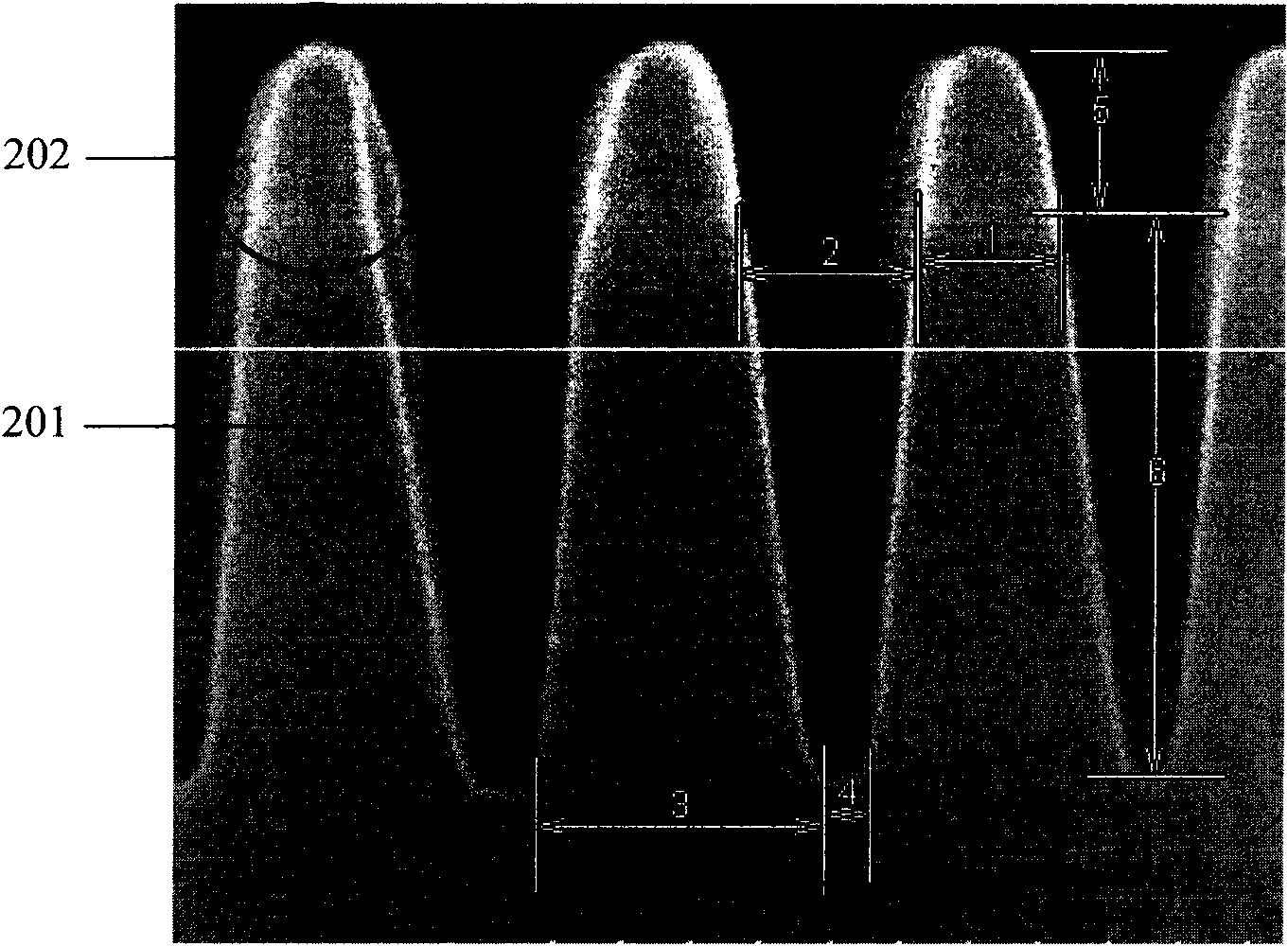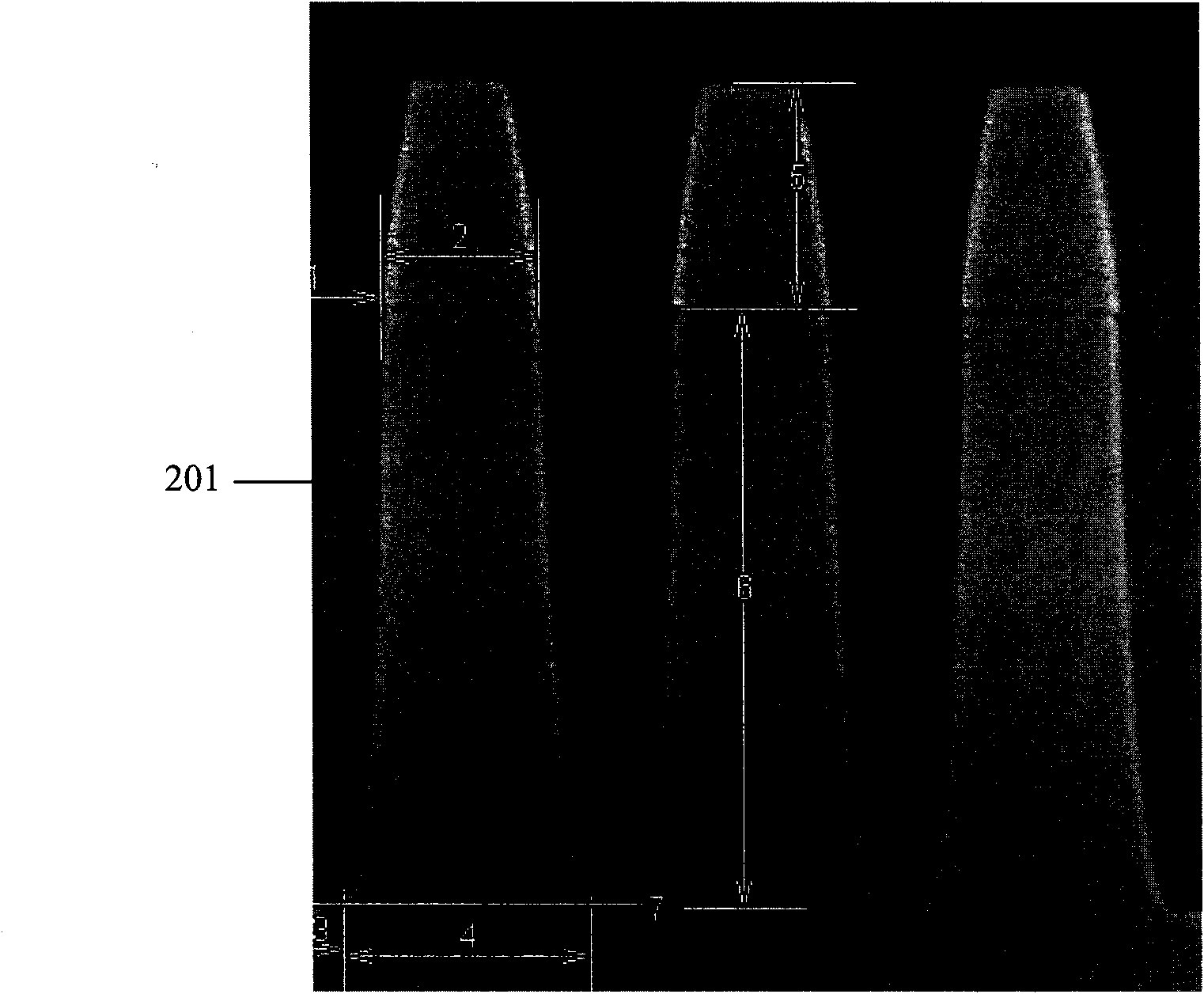Laminated bottom antireflex structure and etching method
A bottom anti-reflection and bottom anti-reflection layer technology, which is applied in the direction of electrical components, semiconductor/solid-state device manufacturing, circuits, etc., can solve problems such as graphics influence and semiconductor device quality, and achieve the effect of maintaining accuracy
- Summary
- Abstract
- Description
- Claims
- Application Information
AI Technical Summary
Problems solved by technology
Method used
Image
Examples
Embodiment Construction
[0024] Such as figure 1 As shown, the specific embodiment provides a laminated structure 100 for photolithography, including a bottom anti-reflection layer 101 and a photoresist layer 110 thereon. The bottom anti-reflection layer 101 is an organic bottom anti-reflection layer 102 with a thickness of about 100 nm. The organic bottom anti-reflection layer 102 is provided with a silicon-containing bottom anti-reflection layer 103 with a thickness of about 50 nm. A silicon oxide layer 104 with a thickness of about 5 nm is also provided on the layer 103. The material forming the organic bottom anti-reflective layer 102 may be an organic anti-reflective material of ODL63 produced by Shin-Etsu Company of Japan. The material for forming the silicon-containing bottom anti-reflective layer 103 may be a silicon-containing anti-reflective material produced by Shin-Etsu Company under the brand name SHB A629.
[0025] The reason for forming the laminated bottom anti-reflective structure 101 w...
PUM
| Property | Measurement | Unit |
|---|---|---|
| thickness | aaaaa | aaaaa |
| thickness | aaaaa | aaaaa |
Abstract
Description
Claims
Application Information
 Login to View More
Login to View More - R&D
- Intellectual Property
- Life Sciences
- Materials
- Tech Scout
- Unparalleled Data Quality
- Higher Quality Content
- 60% Fewer Hallucinations
Browse by: Latest US Patents, China's latest patents, Technical Efficacy Thesaurus, Application Domain, Technology Topic, Popular Technical Reports.
© 2025 PatSnap. All rights reserved.Legal|Privacy policy|Modern Slavery Act Transparency Statement|Sitemap|About US| Contact US: help@patsnap.com



